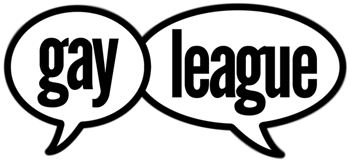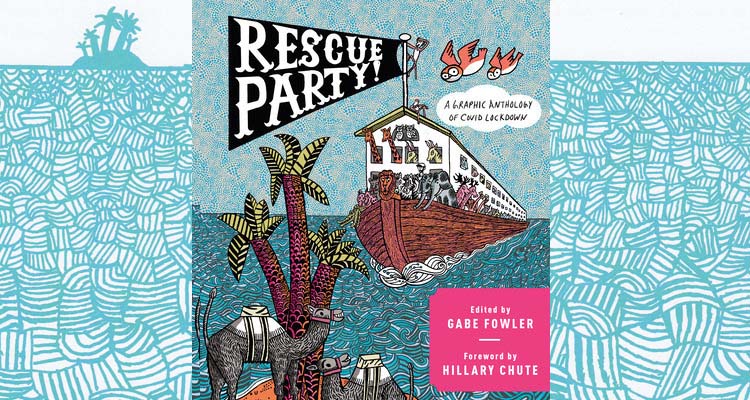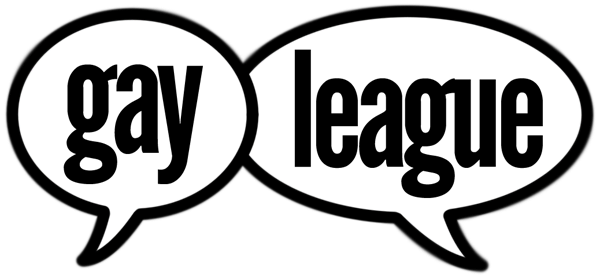Rescue Party
Gabe Fowler, editor
147 contributors
John Broadley, jacket design & illustration
Pantheon www.pantheonbooks.com
$25 (US) / $30 (CAN) / $14.99 digital
“Could a greater miracle take place than for us to look through each other’s eyes for an instant? We should live in all the ages of the world in an hour; ay, in all the worlds of the ages.”
― Henry David Thoreau, Walden
In the early months of 2020 the world was starting to go to hell in a way that none of us had experienced in our lifetimes. It wasn’t as if the previous three years and some odd months had already been challenging enough in numerous ways thanks to the then occupant of the White House. Then Covid arrived and the world collectively stared at the abyss.
In his introduction to Rescue Party, Gabe Fowler talks about temporarily shuttering his Desert Island comic shop in Brooklyn and heading to the family cabin in Connecticut. What had been planned as a week long trip turned into a five month stay as the gravity of the pandemic increased. While many people took comfort in the ritual of making sourdough bread or learning a new language or other activities Fowler began making collages from magazines to distract and entertain himself. Something was missing from the experience though. In the minds of many people art making is thought of as a solitary process…a lonely artist figuratively chained to a drawing board or easel. For Fowler though, an Art Institute of Chicago grad, art making could be a group pursuit and that was when an idea occurred to him which in turn spurred him to post the following on Desert Island’s Instagram:
“Hey everyone, hope you are happy and healthy! We all need something positive to think about and a lot of us have time on our hands, so let’s do a project together. Who wants to make something? Please send comics visualizing your ideal future, in a utopian world after we survive this moment.”
The project’s genesis and Fowler’s longing for social contact reminded me of videos of quarantined Italian and Spanish people singing and playing music together from their balconies to keep up their spirits. As it turned out the idea resonated with other folks and the first submission arrived the very next day. Fowler shared the contributions to his store’s IG and later to a dedicated Rescue Party account as they rolled in and grew to over 250 entries from fifty countries over a five month period.
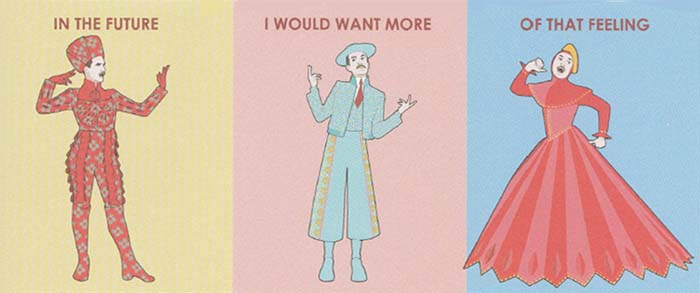
Presumably the print collection and its digital version came about to bring the Instagram project to a new audience. That’s how it came to my attention one day as I looked through Diamond’s April solicitations. Truthfully, my initial feeling that day was that it was an uncomfortable reminder of the uncertainty Covid created in everyone’s lives, more so for people like myself with compromised immune systems. The pandemic triggered memories of living with anxiety for years following my AIDS diagnosis in 1996. “Is this a simple cough or is this pneumonia again?” January saw anxiety’s return which did not let up till April was nearly gone when health matters came up not once, not twice, not three times but four times. A book about people’s experiences during Covid quarantines and its assorted nightmares was one of the last things I wanted to read.
I was very wrong.
After deciding to confront my personal issues what I discovered between the book’s covers were glimpses into the lives of more than one hundred forty strangers who, as they were living through similar horrific circumstances, found the courage to look inside themselves to imagine a better world and to share the essence of their hopes and desires of what their lives and society could be like in an idealized post pandemic world. While Fowler asked potential contributors to explore utopian ideals he noticed certain motifs began to recur which he organized into three categories he titled Shipwrecked, Lost At Sea, and Rescued. That some of the strips did not adhere to expressing utopian ideals was initially a surprise to Fowler, as it would for anyone. Human expression is difficult to restrain and shouldn’t be in group efforts such as this and so Fowler rightfully included them in the online project as well as selecting a number for the book. Rather than feeling weighted with despair and gloom I view these strips as efforts to release emotions and concerns of their makers.
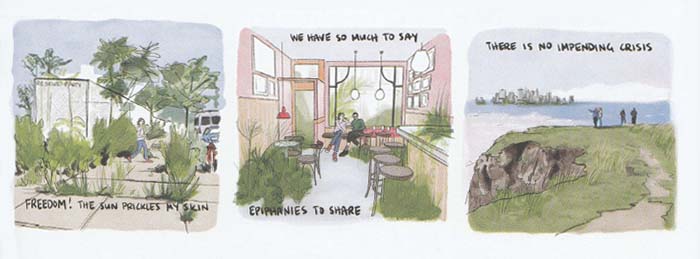
Fowler’s open invitation requested curious parties to commit to making their pieces on a single page using a nine panel grid layout. Such a limitation work on two levels. The nine panel grid system creates a visual cohesiveness that helps connect a myriad of art styles while also giving an opportunity to push this boundary inventively. Panel gutters…who needs panel gutters! Secondly, the layout compelled each person to consider the amount of text or dialog necessary to convey their narratives. Some chose to let art convey their messages and other pieces relatively speaking might appear to be novellas.
To talk about the singular art styles ranging from expressionist to stylized to representational of each of the 147 artists would prove to be quite a challenge. Suffice to say these strips were made with sincerity and thoughtfulness. The three partial samples included here were chosen because they caught my eye while randomly flipping pages.
The book itself as an object is quite something as nothing less befits books from Pantheon than to be well and thoughtfully made. The oversized book is beautiful from its strikingly patterned cover and chapter illustrations to its “desert island” themed end papers by John Broadley and every detail in between. Rich printing is complemented by a matte finish on paper which itself has a nice tactile quality. An often ignored element, page numbers are a small and welcomed sight here. Quality sewn binding ensures the book will last for many years. All of these elements combine to create a presence in addition to the stories that, to my mind, invites attention in a way that a digital copy simply can not though this may simply be proof of my bias toward printed matter. The format in which a person reads Rescue Party is much less important than the reading itself.
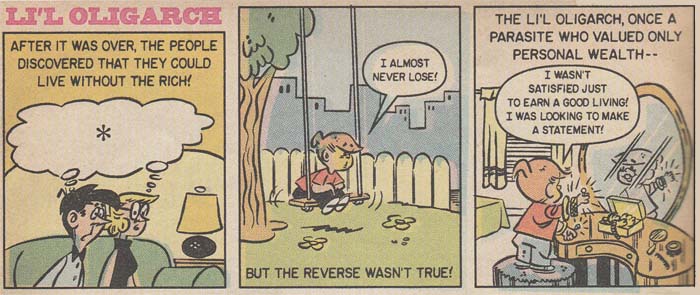
I chose to use a quote by Henry David Thoreau because Fowler’s request for utopian theme material reminded me of the poet’s philosophical outlook upon living a simple life. Sitting on my humble patio — where I often sat throughout four years earlier trying to cope with the angst of an unfolding pandemic — with a large cup of coffee in the pleasantly cool early morning hours over several days gave me time to pause and reflect on the offerings, to look through the eyes of people whom I’ll never meet yet we share a horrible experience. They’ve given me a new vantage point and perhaps they’ll give you a pause for reflection.
Rescue Party is in stores now. Look for it at your favorite local comic shop or bookstore, especially if it’s indy store. Comic Shop Locator can help you find a comic shop. A copy can be ordered from Bookshop or press “Choose A Bookshop” from the main page to find nearby bookstores. If all else fails, print or digital copies may be purchased from Amazon using this Gay League affiliate link by which Gay League will earn a small commission. Use this non affiliate link if you prefer.
Check out the Desert Island website or visit the Brooklyn shop at 540 Metropolitan Ave at the intersection of the L and G train lines.

